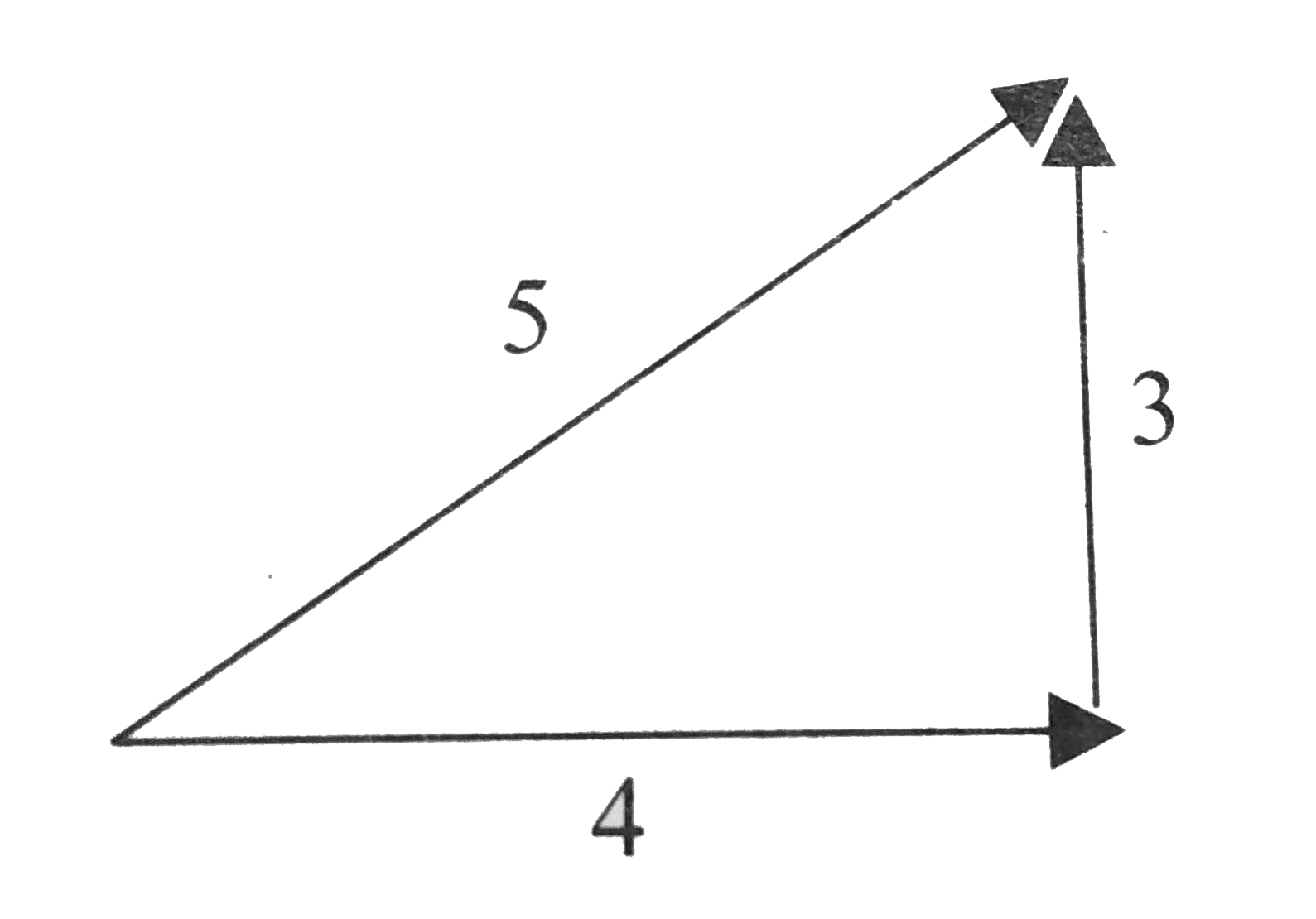When two progressive waves y1=4sin(2x−6t) and y2=3sin(2x−6t−π2) are superimposed, the amplitude of the resultant wave is
The correct Answer is:5

Two moves have phase difference π/2.
Similar Questions
Two waves given by y_(1)=asinomegat and y_(2)=a sin (omegat+pi//2) reaching at a point superimpose. The resultant amplitude is
View SolutionWhen two progressive waves y_(1) = 4 sin (2x - 6t) and y_(2) = 3 sin (2x -6t - (pi)/(2)) are superimposed, the amplitude of the resultant wave is ............. .
View SolutionThe displacement of two interfering light waves are y1=4sinωt and y2=3cosωt. The amplitude of the resultant wave is (y1 and y2 are in CGS system)
View Solutiony1=4sinωt तथा y2=3sin(ωt+π2) तरंगो के अध्यारोपण से बनने वाली तरंग का परिणामी आयाम होगा
View SolutionThe displacement of two interfering light waves are y_(1)=4 sin omega t" and "y_(2)= 3 cos (omega t) . The amplitude of the resultant waves is (y_(1)" and "y_(2) are in CGS system)
View SolutionThe displacement of two interfering light waves are y1=4sinωt and y2=3cosωt. The amplitude of the resultant wave is (y1 and y2 are in CGS system)
View SolutionTwo waves y_(1) =A_(1) sin (omega t - beta _(1)), y_(2)=A_(2) sin (omega t - beta_(2) Superimpose to form a resultant wave whose amplitude is
View SolutionThe mathmaticaly form of three travelling waves are given by
Y1=(2cm)sin(3x−6t)
Y2=(3cm)sin(4x−12t)
And Y3=94cm)sin(5x−11t)
of these waves,
View Solution

